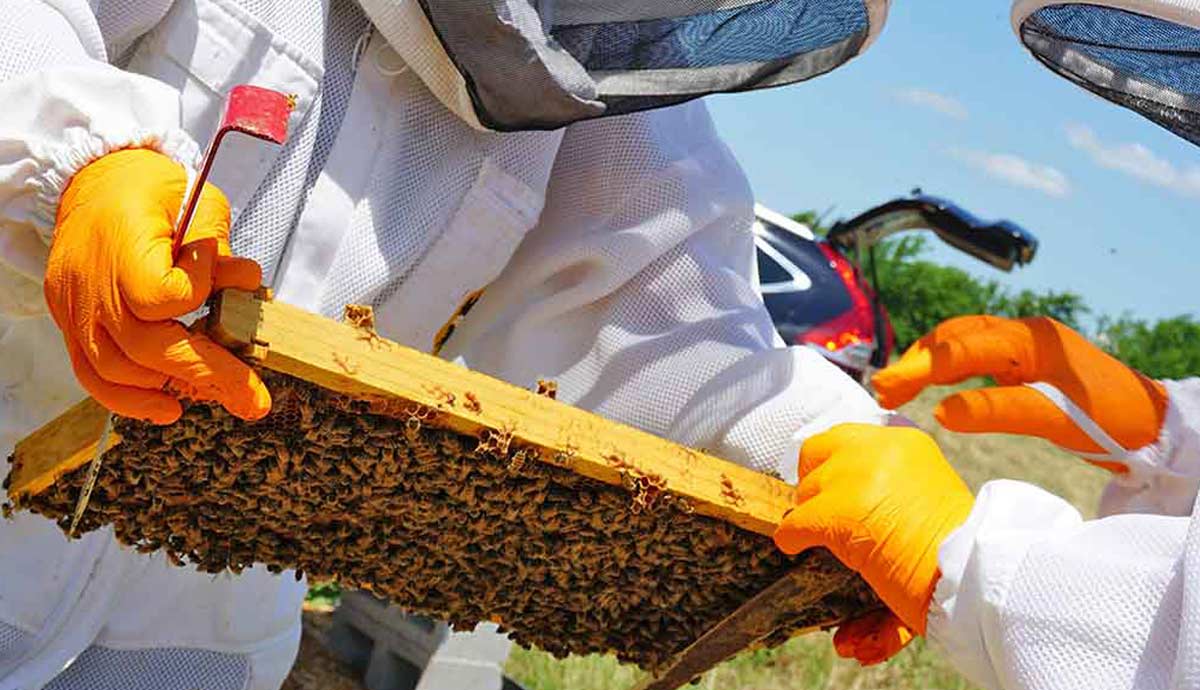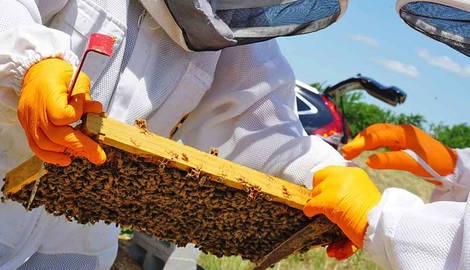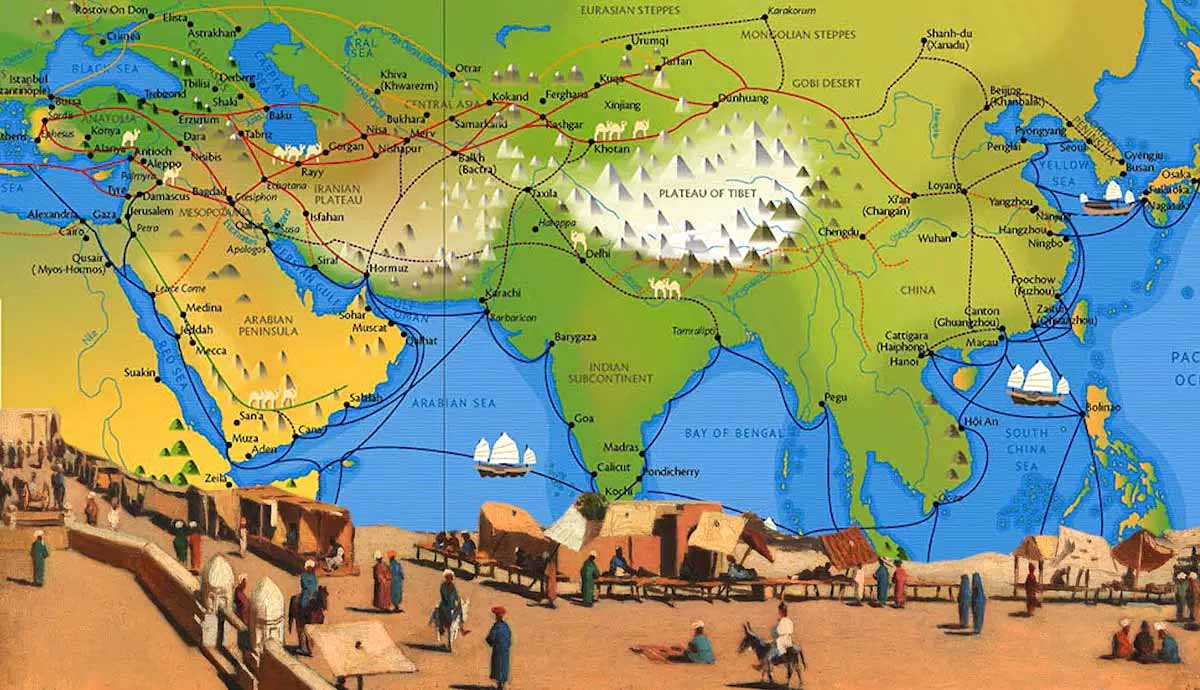
When one thinks of domesticated animals, insects usually aren’t the first thing that comes to mind. Yet, some insects have provided useful resources throughout human history – so much so that some of them ended up being fully domesticated. So, what were (and still are) these critters and why did we domesticate them?
When Were Bees Domesticated?

There are several species of domesticated bee, but by far the most common is Apis mellifera – the western honey bee. It is thought to have originated in the eastern tropical regions of Africa from where it spread throughout Eurasia, and then by human interaction, the rest of the world where it has evolved into various subspecies adapted to the local climate.
The honey bee is thought to have first been domesticated possibly as far back as 4000 BCE. The reason for this domestication was, of course, attaining higher quantities of honey. Aside from honey, bees also produce wax which was used for a vast variety of purposes in ancient times. As such, beekeeping has been an important job for thousands of years and is one of the oldest professions.

Today, the importance of bees is often cited as a sign of the times we live in. Since bees are important pollinators, it has been suggested that if bees were to disappear, human civilization would collapse due to dire food shortages.
The truth is that the top ten food crops in the world are not pollinated by any insect at all! Nevertheless, bees are still incredibly important for the pollination of other plants and what would happen if they all disappeared is subject to a lot of debate.
There are several other species of honey bee, such as the eastern honey bee, and stingless bees which are partially domesticated. Even the Africanized honey bee, also known as the killer bee, is even reared by certain brave apiarists!
Silk Moths

The silk moth (Bombyx mori),is the domesticated descendent of the wild silk moth (Bombyx mandarina) which is native to East Asia. It was there that 5000 years ago, the moth was domesticated for the prime purpose of producing silk.
The domestic silk moth has, over the centuries and millennia, evolved to the point where it cannot survive in the wild. It has a larger body, produces bigger cocoons, and it cannot fly. It has also evolved to be extremely tolerant to living in crowded conditions and to being handled by humans.

In the Far East, silk was used in ancient times for a number of purposes, and not just as a textile for clothing. It was used in the production of musical instruments, for fishing lines, and as a surface for writing and art. Such was the importance of silk that it lent its name to the major trade route known as the Silk Road.
Today, silk is seen as a luxury good, but can be found everywhere around the world. Silk moths are often raised in school classrooms where their life cycle provides children with valuable learning experiences. This practice is common in many countries, including China, Japan, the United States, Iran, and South Africa among many others.
Partially Domesticated Insects

A number of other insects have been controlled by human beings and have provided uses around which smaller industries have been created.
European leeches (Hirudo medicinalis) have been captive-bred since around 800 BCE, and have provided an effective way for bloodletting in medical scenarios. Cochineal (Dactylopius coccus) is an insect from Central America that produces a substance called carmine, which is a natural red pigment, and has been used as such since around 600 BCE. Today, the dye is used as a food and makeup colorant.
The lesser fruit fly ((Drosophila melanogaster) is bred in South Africa and Australia and is used as animal feed and for scientific research, while mealworms (Tenebrio molitor) are bred for meat and animal feed.
Of course, any insect can be kept as a pet, and those that are can tentatively be described as domesticated, although this adjective cannot be used to describe the species as a whole. From stick insects to Madagascar hissing cockroaches, some insects have become known for being popular pets!
Conclusion

Whether it’s for the products they create, the services they do, or simply as a meal, human beings have shown interest in domesticating animals since the advent of civilization. Insects certainly did not fall outside the scope of human attention!










